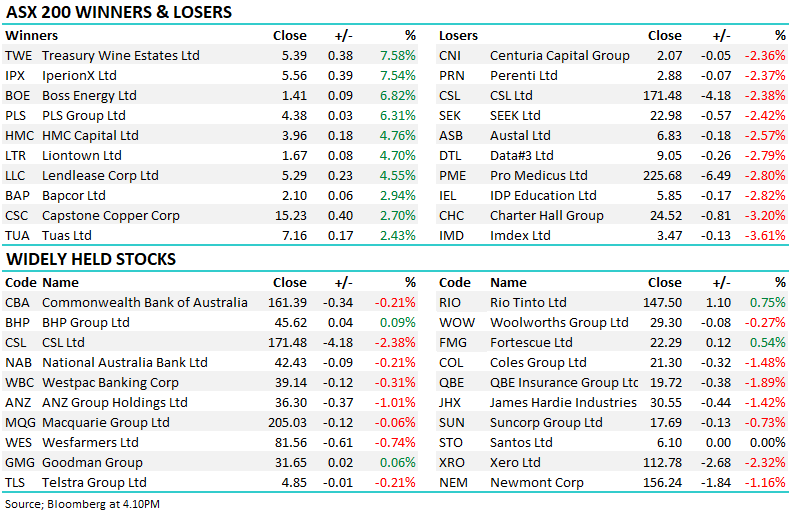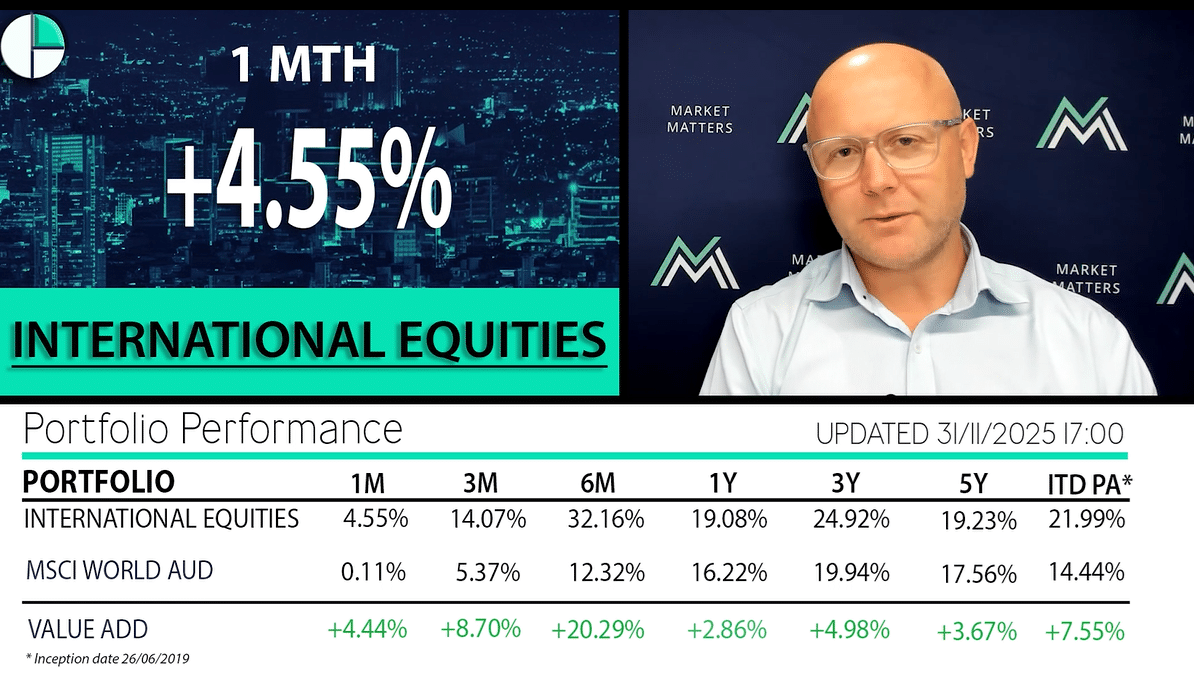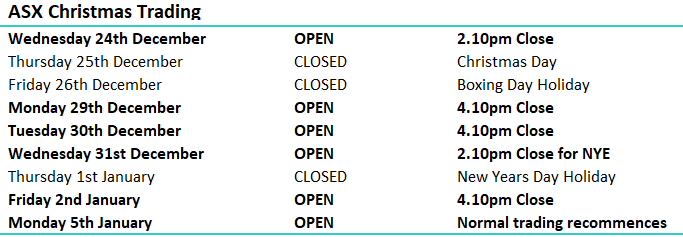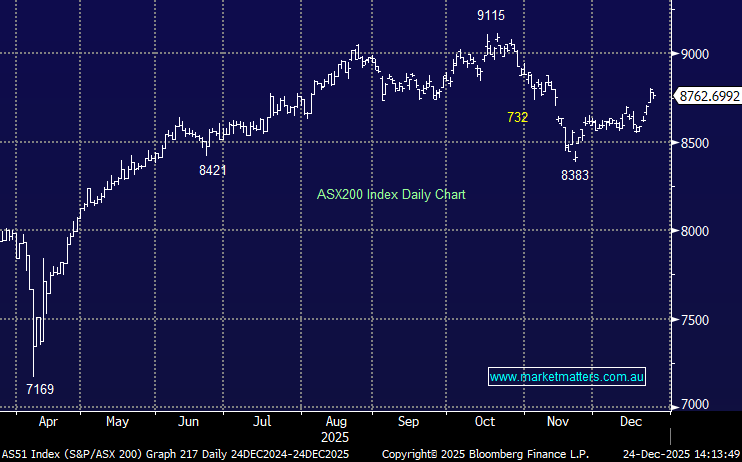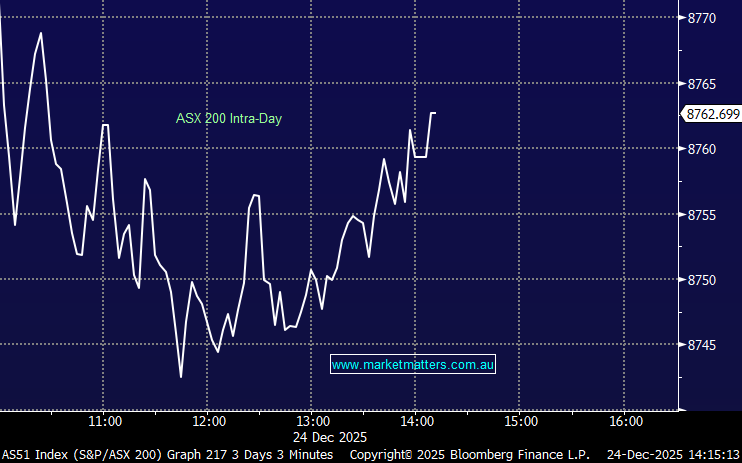Income Report: Asset allocation framework when targeting income
Market Matters Income Report 3rd July 2019
A better day for Aussie stocks playing out with the index tracking marginally higher at time of writing. The banking sector is providing some weight with ANZ down 0.74% to be the worst performer in the sector after passing on the full 0.25% cut to rates yesterday, while NAB is performing ‘relatively’ well down by just 0.08%. We trimmed our banking exposure in the Growth Portfolio yesterday, however have elected to retain current weightings for now in the income model.
Iron Ore names are trading well today, RIO up another +1.31% to $107.84 to be the best performer in the Portfolio today while Energy stocks are soft, and Woodside (WPL) is our weakest link.
Currently, the ASX 200 is trading up +26pts or +0.39% to 6679.
ASX 200 Chart
The Income Portfolio had a reasonable week, adding +0.55%. The best performers were Flight Centre (FLT) and Rio Tinto (RIO) which both managed gains of 4% while GMA gave back some of the recent strength with a 4% fall. For FY19, the portfolio managed an 8.71% gain, over 3% above the RBA + 4% benchmark. The portfolio continues to track over and above its benchmark of RBA + 4% that hit 5.48% for the year. Since inception – just cracking the 2 year mark – the portfolio is up 16.6% vs the benchmark of 10.94%.
For those interested in investing for income in a low rate environment, Market Markets does run an Separately Managed Account (SMA) which is open for investment. The portfolio is based on the MM Income Portfolio below. The SMA is now approaching its first anniversary and performance has remained sound. The Monthly Performance for May can be viewed here

Income Report: Asset allocation when targeting income
Yesterday the RBA cut benchmark interest rates to 1% increasing the challenge for income investors to maintain ‘liveability’ without stepping up the risk curve. With Aussie 10 year government bonds now at 1.3%, the equity market yielding over 4% plus franking looks even more attractive. Tomorrow I’m taking part in an income focussed Webinar for Livewire Markets (register here) which has been marketed as a how to on creating a bullet proof income portfolio – asset allocation plays an important part in the process.
In today’s note we’ll look at a typical asset allocation mix for portfolios that have income as their primary goal while minimising the risk to capital.
At MM we’re high conviction – active investors, we focus on actual underlying investments rather than asset allocation. Structuring portfolio’s in terms of asset allocation is something that we don’t often cover (it’s more something we do at Shaw & Partners), however it’s an important aspect when first planning a portfolio, or reviewing an existing one.
Below is a typical asset class mix for an income focussed portfolio. The neutral stance is the base case, when all asset classes are around about fair value however it’s important to tweak this mix when asset classes are relatively cheap or expensive at any given time.
Right now debt is expensive, hybrids are now bordering on the expensive side, shares are cheap relative to interest rates, with international shares cheaper than Australian shares, liquid alternatives are a broad church which I’ll get to below, while cash is yielding very little, making it expensive.
Asset Allocation Mix – Current allocations

The asset allocation mix above with a neutral stance implies around ~40% towards defence and ~60% towards offense – which is typically a balanced portfolio. Let’s quickly look at each individual asset class:
Debt / Bonds
1. Government bonds
2. Semi-government bonds which are not issued directly by a government but might have a direct or implied guarantee, like State Govt bonds
3. The more diverse side being Corporate Bonds.
With interest rates where they are, Government bond yields are low, a good example being Greek 10 year yields trading at ~2.20% – astonishing! Locally, Bond funds like the JCB Active Bond Fund has a yield to maturity of just 1.55%
Corporate bonds offer more in terms of choice but also in terms of yield. For example, the MM Income Portfolio has a position in the NB Global Corporate Income Trust which is listed on the ASX under code NBI. This provides exposure to global high yield corporate bonds from names such as Energizer, Goodyear & Hertz and they target 5.25% pa with income paid monthly.
Hybrids
Higher risk than bonds but lower risk than equities. Like bonds, hybrid securities promise to pay interest generally at a floating rate until a time in the future. Unlike a bond, the amount and timing of interest payments are not guaranteed. Hybrids are listed on the ASX and we have a number of them in the MM Income Portfolio
Currently, a 5 year exposure to a major bank tier 1 hybrid is paying ~3% over the bank bill rate, grossed for franking. Bank bills are sitting at 1.17% implying a yield of 4.17%
Australian Shares
The S&P/ASX 200 has a forecast dividend yield over the next 12 months of 4.09% franked at ~75%, implying a grossed yield of 5.4%.
International Shares
Vary across geographies however the S&P 500 has a projected yield of 2.06% for the next 12 months
Alternative investments
These include things like real estate investment trusts, private equity, hedge funds,& commodities. These assets are held because they have a low correlation to stocks and bonds. Exposures here are generally through managed funds with two types of approaches. The first type are vehicles that invest in non-traditional assets, such as infrastructure, real estate and private equity while the second type involve investment strategies that invest in traditional assets using non-traditional methods, such as short-selling and leverage.
Today we launched a Global ETF Portfolio on MM and will continue to write about these Alternatives, and add them to a portfolio mix to provide insight into this area of the market.
Cash
At call cash accounts pay something around the RBA cash rate which sits at 1%. Term deposits fit into the fixed income class given that funds are tied up for a period. Around 2% could be expected in short dated term deposits.
Example
Below is an example of a ‘real life’ well-diversified portfolio that incorporates the above asset classes. The point here is about consistency of returns during a fairly volatile backdrop for stocks as shown by the ASX 200 (which is not a suitable benchmark for a portfolio like this, however it serves its purpose for this discussion).
Example portfolio that incorporates the above asset allocation

Conclusion(s)
Asset allocation is an important starting point for any portfolio. Structure is king.
Optimising the investment side (which MM writes about, and focuses on daily) comes next
Have a great day!
James, Harry & the Market Matters Team
Disclosure
Market Matters may hold stocks mentioned in this report. Subscribers can view a full list of holdings on the website by clicking here. Positions are updated each Friday, or after the session when positions are traded.
Disclaimer
All figures contained from sources believed to be accurate. Market Matters does not make any representation of warranty as to the accuracy of the figures and disclaims any liability resulting from any inaccuracy. Prices as at 3/07/2019
Reports and other documents published on this website and email (‘Reports’) are authored by Market Matters and the reports represent the views of Market Matters. The MarketMatters Report is based on technical analysis of companies, commodities and the market in general. Technical analysis focuses on interpreting charts and other data to determine what the market sentiment about a particular financial product is, or will be. Unlike fundamental analysis, it does not involve a detailed review of the company’s financial position.
The Reports contain general, as opposed to personal, advice. That means they are prepared for multiple distributions without consideration of your investment objectives, financial situation and needs (‘Personal Circumstances’). Accordingly, any advice given is not a recommendation that a particular course of action is suitable for you and the advice is therefore not to be acted on as investment advice. You must assess whether or not any advice is appropriate for your Personal Circumstances before making any investment decisions. You can either make this assessment yourself, or if you require a personal recommendation, you can seek the assistance of a financial advisor. Market Matters or its author(s) accepts no responsibility for any losses or damages resulting from decisions made from or because of information within this publication. Investing and trading in financial products are always risky, so you should do your own research before buying or selling a financial product.
The Reports are published by Market Matters in good faith based on the facts known to it at the time of their preparation and do not purport to contain all relevant information with respect to the financial products to which they relate. Although the Reports are based on information obtained from sources believed to be reliable, Market Matters does not make any representation or warranty that they are accurate, complete or up to date and Market Matters accepts no obligation to correct or update the information or opinions in the Reports. Market Matters may publish content sourced from external content providers.
If you rely on a Report, you do so at your own risk. Past performance is not an indication of future performance. Any projections are estimates only and may not be realised in the future. Except to the extent that liability under any law cannot be excluded, Market Matters disclaims liability for all loss or damage arising as a result of any opinion, advice, recommendation, representation or information expressly or impliedly published in or in relation to this report not withstanding any error or omission including negligence.


